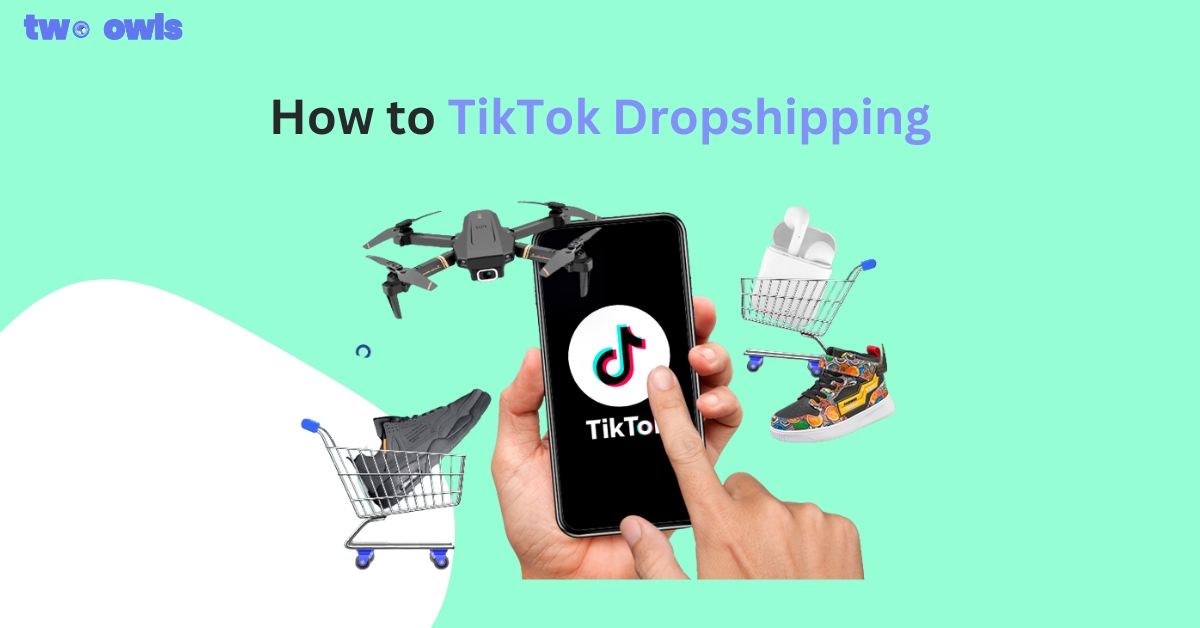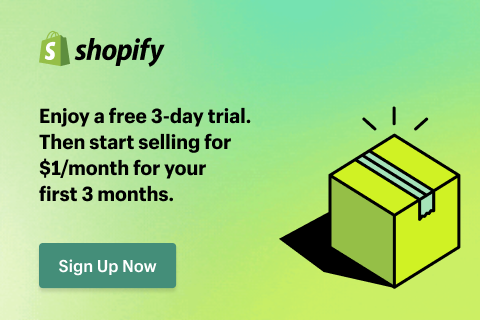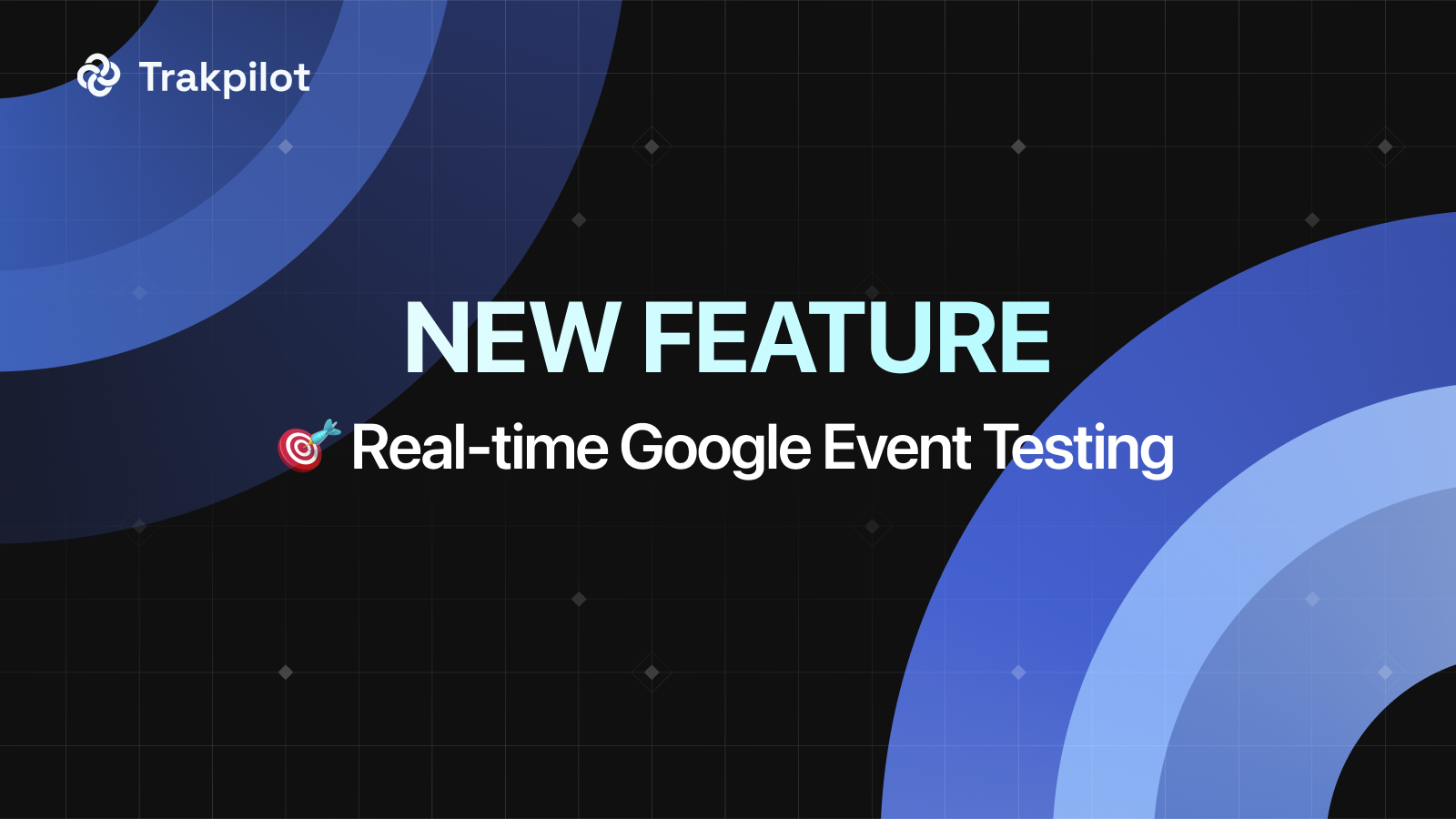What Is Broad Targeting in Facebook Ads? Is It Right for You?
If you’re exploring different targeting options and find yourself uncertain about broad targeting in Facebook Ads, you’re not alone. This strategy can be a bit elusive, leaving many advertisers wondering if it’s the right choice for their campaigns. In this article, I’ll walk you through whether broad targeting is the right fit for you and how to use it effectively.
What is Broad Targeting in Facebook Ads?
Broad Targeting in Facebook Ads, also known as “broad audiences”, refers to a targeting strategy where advertisers allow Facebook’s algorithm to decide the best audience for their ads with minimal restrictions. Instead of defining specific demographics, interests, or behaviors, advertisers using broad targeting set general parameters like age, gender, and location, while leaving the rest up to Facebook’s machine learning algorithm.

Advantages of Facebook Broad Targeting
With broad targeting, you’re letting Facebook find the right audience for you, helping your ads reach more people and scale effectively. Here’s a closer look at how broad targeting can benefit your advertising efforts:
1. Increased Reach
By avoiding specific filters like demographics or interests, your ads can reach a much broader and more diverse audience. For example, a clothing brand using broad targeting might reach not only their typical customers but also new segments interested in fashion who weren’t initially considered. This approach is perfect for expanding brand awareness and exploring new customer segments, as it allows your ads to tap into markets you might not have targeted directly.
2. Leverage Facebook’s Algorithm
Facebook’s powerful algorithm works in your favor by learning from user interactions with your ads. For instance, a fitness app might see their ads optimized for those most likely to download the app, even if they haven’t specified a detailed target audience. The AI focuses on finding people who are more likely to convert, which can significantly improve your campaign’s effectiveness. This allows you to trust the algorithm to identify and target your ideal audience efficiently.
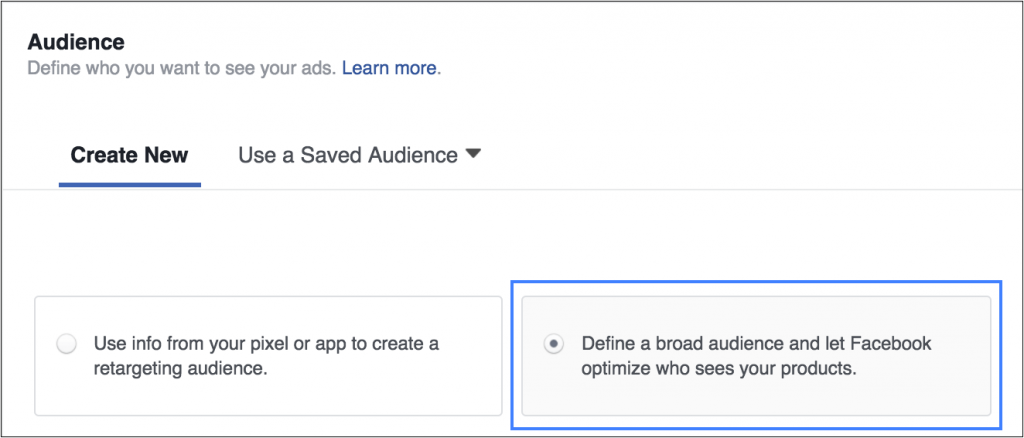
3. Scalability
When you’re not limited by niche targeting, scaling your ad campaigns becomes easier. For example, an online retailer launching a new product can increase their ad budget and reach a wider audience without quickly exhausting their pool of potential customers. This scalability is crucial for large campaigns, such as nationwide promotions or product launches, where reaching a broad audience efficiently is key to success. By allowing the algorithm to manage audience selection, you can maintain high efficiency even as your campaign grows.
How Does Facebook Broad Targeting Work?
Facebook Broad Targeting works by letting the platform’s algorithm decide who should see your ads. Instead of using strict filters like specific demographics or interests, it only requires basic settings such as age, location, and gender.
The algorithm then learns from how people interact with the ads and shows them to those most likely to engage. Over time, it optimizes the audience selection to improve campaign performance.
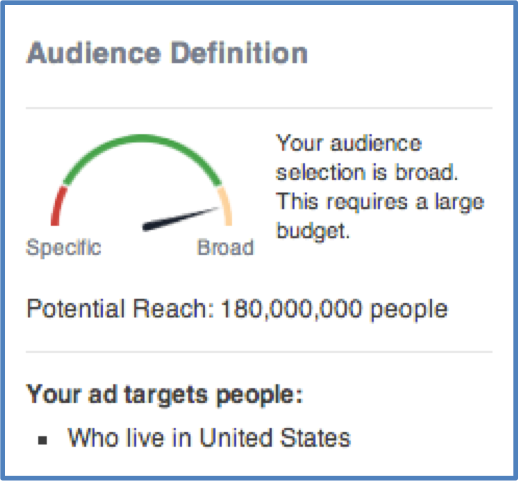
When to Use Broad Targeting
This strategy is often recommended for advertisers looking to scale their campaigns, test new markets, or when they have limited insights into their target audience. Broad targeting is most effective in the following scenarios:
- Expanding Brand Awareness: Use broad targeting when your goal is to reach a large and diverse audience to increase brand recognition. This approach helps your ads gain visibility among people who may not be familiar with your brand.
- Launching New Products or Services: When introducing a new product or service, broad targeting allows you to test its appeal across different demographics, helping you find potential customers without limiting your audience.
- Scaling Successful Campaigns: If a campaign is performing well with a specific audience, broad targeting can help you scale it by reaching more people who might be interested, allowing the algorithm to optimize for even better results.
- Entering New Markets: When you lack detailed audience data or are entering a new market, broad targeting is ideal. It allows Facebook’s algorithm to find and target the right audience based on user behavior and interactions.
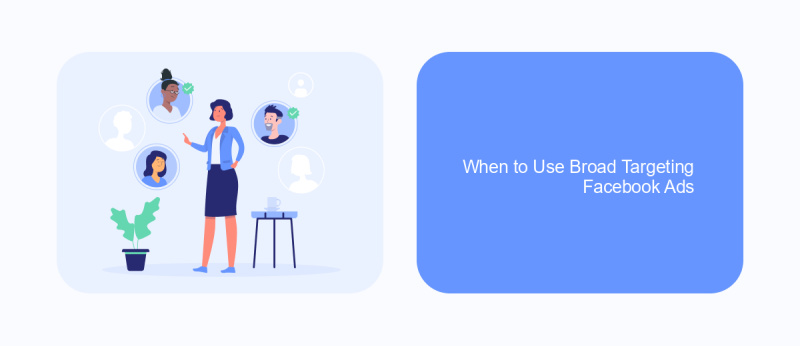
Broad Audience or Lookalike Audience?
When choosing between Broad Audience and Lookalike Audience, it’s important to consider your specific goals and the stage of your campaign. Here’s a comparison to help you decide which audience type best suits your needs.
| Criteria | Broad Audience | Lookalike Audience |
|---|---|---|
| Definition | Targets a wide and general group of people based on minimal criteria, such as location or age. | Targets people who are similar to your existing customers or audience, based on specific traits and behaviors. |
| Audience Size | Very large, encompassing a diverse range of users. | Smaller, more specific, and closely aligned with the characteristics of a source audience. |
| Targeting Precision | Low precision; broad criteria mean less specificity. | High precision; based on detailed similarities to your best-performing audiences. |
| Use Case | Ideal for brand awareness campaigns, reaching new, untapped markets. | Best for conversion-focused campaigns, reaching potential customers likely to be interested in your product. |
| Budget Efficiency | May require a larger budget due to the broad reach and less targeted approach. | Generally more cost-effective, as ads are shown to users more likely to convert. |
| Optimization | Requires more optimization and testing to find the right segments that respond well. | Often easier to optimize, as the audience is already more aligned with your ideal customer profile. |
| Risk | Higher risk of low engagement due to broad targeting. | Lower risk, as the audience is more tailored and similar to your existing customers. |
Both Broad Audience and Lookalike Audience are valuable tools for different stages of your marketing strategy. Lookalike Audience is effective for targeting specific customers, but Broad Audience is especially useful for expanding your reach and increasing brand awareness. It’s a great tool for growing your campaign and finding new customer segments.
How to Set up Broad Targeting in Facebook Ads
Setting up Broad Targeting in Facebook Ads is a simple yet powerful way to reach a wide audience. Here’s a step-by-step guide to help you get started.
Step 1: Create a New Campaign
Start by logging into your Facebook Ads Manager.
Choose the green ‘Create’ button to start a new campaign.
Broad targeting can work well with Facebook Ad objectives like Brand Awareness, Reach, or Traffic. Choose the objective that aligns with your campaign goals.
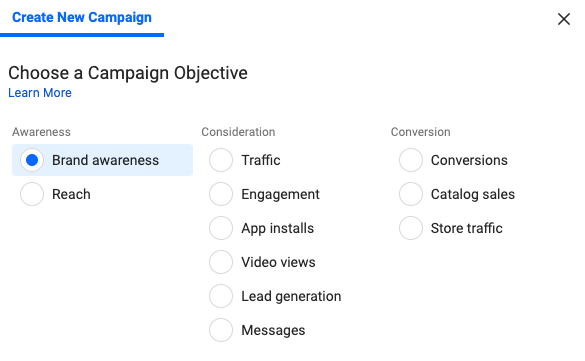
Step 2: Set Up the Ad Set
1. Define Your Audience:
Choose the geographic location you want to target. This can be as broad as a whole country or as specific as a city.
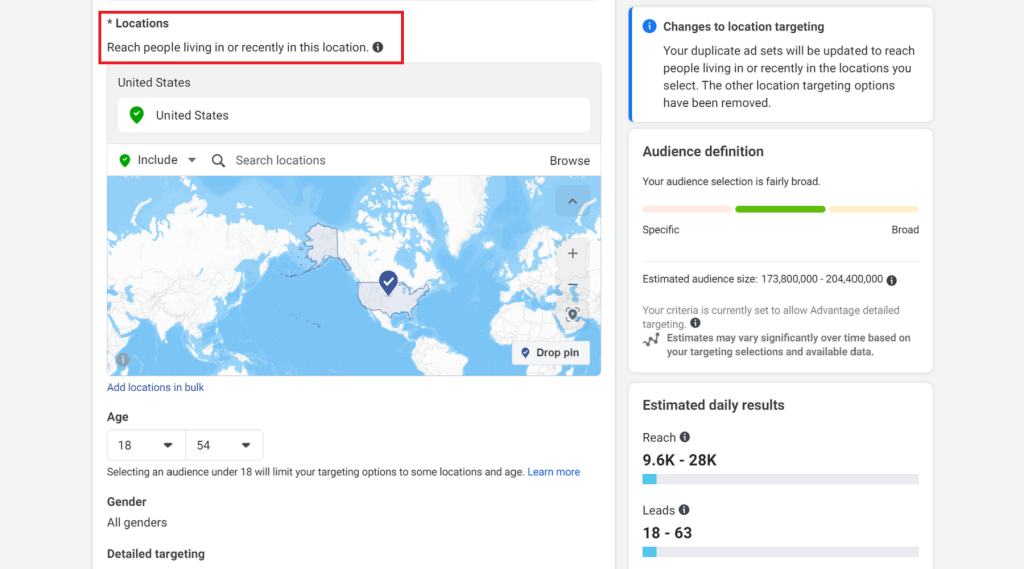
Select the age range and gender that aligns with your campaign goals. You can keep this broad to reach a wide audience.
2. Leave Detailed Targeting Blank:
Do not add any specific interests, behaviors, or demographics in the Detailed Targeting section. This allows Facebook’s algorithm to find the best audience without restrictions.
Avoid using custom or lookalike audiences for broad targeting.
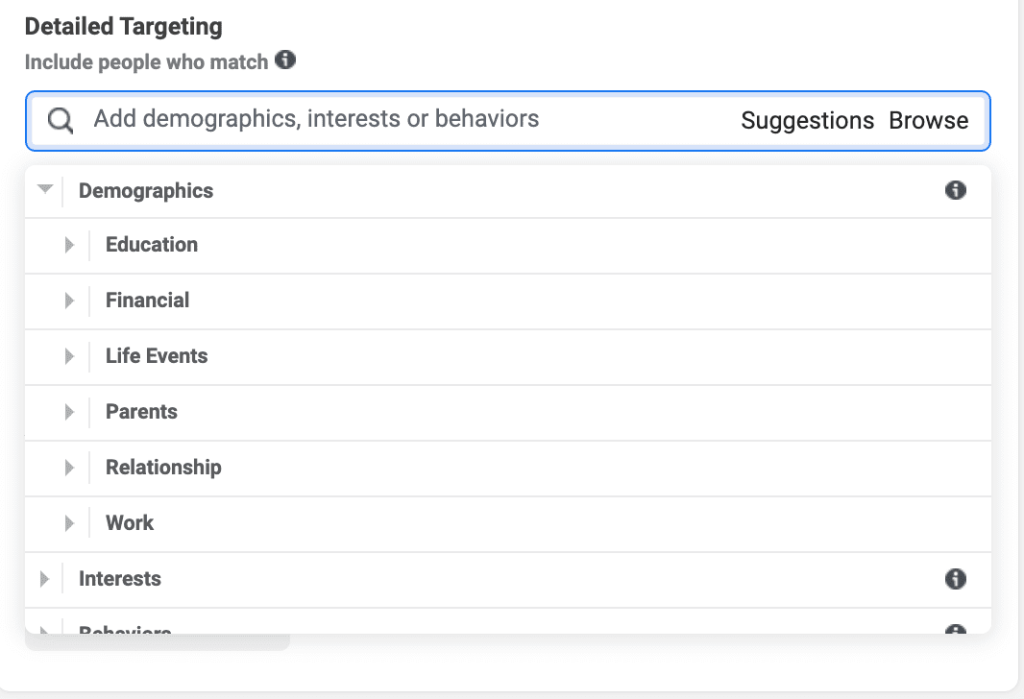
3. Choose Placement:
It’s often best to use Automatic Placements, allowing Facebook to decide where your ads are shown (e.g., Facebook Feed, Instagram, Audience Network).

Step 3: Set Your Budget and Schedule
Decide between a daily budget or a lifetime budget. Broad targeting works well with flexible ad budgets since the algorithm optimizes delivery.
Choose when you want your ads to run. You can set a start and end date or let them run continuously.
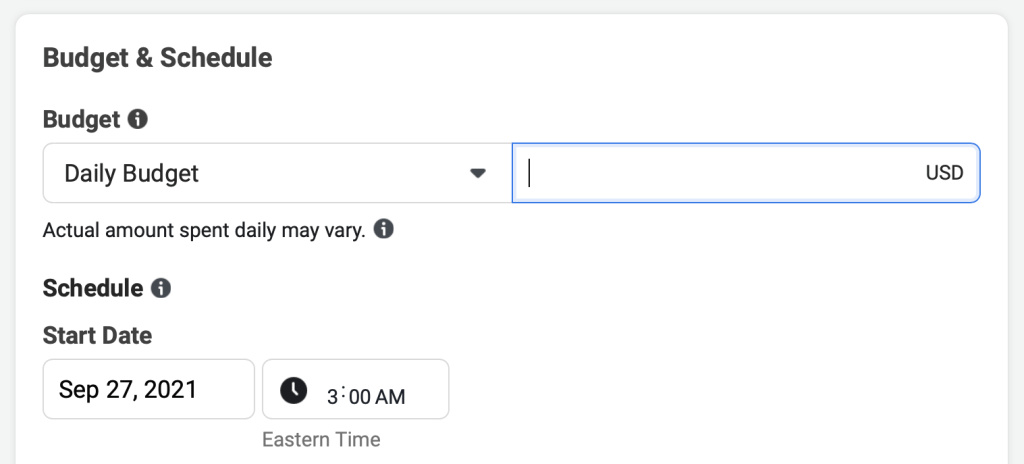
Step 4: Optimize for Ad Delivery
Depending on your campaign objective, choose how you want Facebook to optimize your ad delivery (e.g., link clicks, landing page views, reach).
If you have multiple ad sets, consider using Campaign Budget Optimization (CBO) to automatically distribute your budget across the best-performing ad sets.
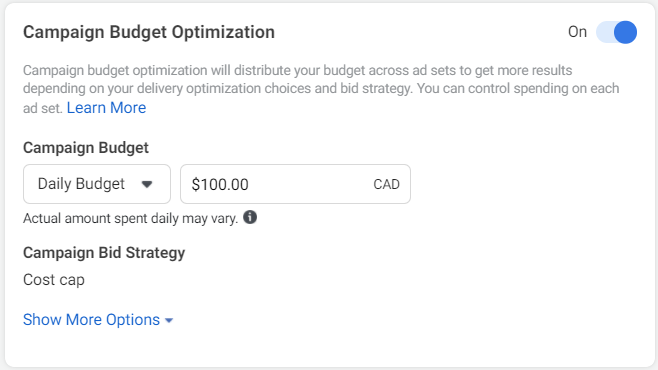
Step 5: Create and Launch Your Ad
Choose a compelling image, video, or carousel, and write engaging ad copy. Broad targeting relies heavily on strong creatives to capture a wide audience’s attention.
Double-check all your settings and ad creatives. Once satisfied, click the ‘Confirm’ button to launch your campaign.
Expert Tips for Reaching a Broad Audience
Here are some best practices to help you effectively reach a broad audience on Facebook and maximize your campaign’s success.
#1 Never Rely Solely on the Algorithm
I’ve seen too many advertisers put complete trust in Facebook’s algorithm without making their own adjustments. While the algorithm is strong, it’s crucial to keep an eye on your data and make tweaks as needed. Your insights can guide the campaign in the right direction, ensuring that it reaches the most relevant audience.
#2 Invest in Strong Creative
In my experience, the broader the audience, the more important your ad creative becomes. You need visuals and messaging that resonate with a diverse group of people. I always recommend spending at least 20% of your time on creative development, as it’s the key to capturing attention in a crowded space.
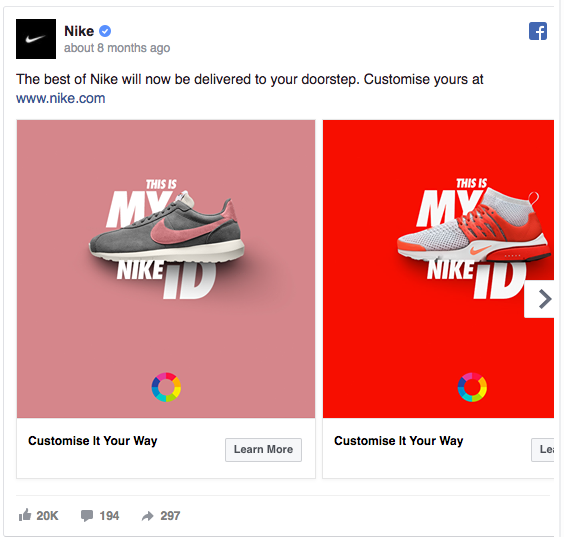
#3 Leverage Campaign Budget Optimization (CBO)
Over the years, I’ve found that Campaign Budget Optimization (CBO) truly transforms the effectiveness of broad targeting. When you set up multiple ad sets within a single campaign, CBO takes over by dynamically allocating your budget to the top-performing ad sets. This approach allows Facebook’s algorithm to focus more resources on the audiences that are most engaged with your ads.
As a result, your ad spend is optimized, ensuring that you reach the most responsive segments of your broad audience while maximizing overall campaign efficiency.
>>> Learn More: CBO vs ABO: Which Is Best To Maximize Conversions In 2026
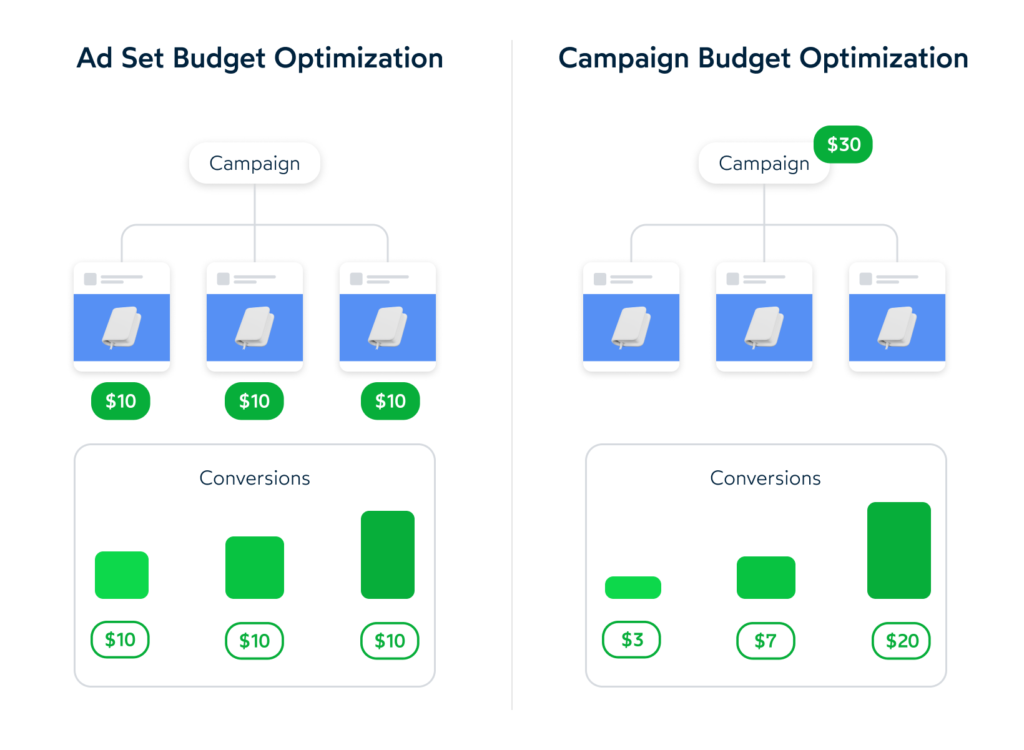
#4 Conducting A/B Testing
Once you’ve set up your ad groups, it’s essential to experiment to identify the “cheaper” and more effective ones. This means you need to perform A/B testing, which involves running identical ads across the different ad groups you’ve created. Then, compare the performance and make adjustments: turn off the expensive ads and allocate more budget to the better-performing groups. To find the truly effective ad groups, keep these testing rules in mind:
- Run all ad groups under the same conditions: same timeframe, same optimization settings, and the same ads.
- Make adjustments (turn off or increase budget) at the right time—neither too early nor too late. Typically, the best time to make decisions is after the ads have been running for 24 to 48 hours or have reached a few thousand people.
#5 Monitor Audience Insights
Even with broad targeting, I make it a habit to regularly check Audience Insights. Specifically, I look at the demographic breakdowns, such as age, gender, and location, to see which groups are engaging the most with the ads. I also analyze metrics like engagement rate, click-through rate (CTR), and conversion rate within these segments. If I notice that certain demographics are outperforming others, I use this information to refine the ad creative or adjust the budget allocation to focus more on these high-performing groups. This ongoing analysis is crucial for ensuring that broad targeting remains effective and continues to deliver strong results.
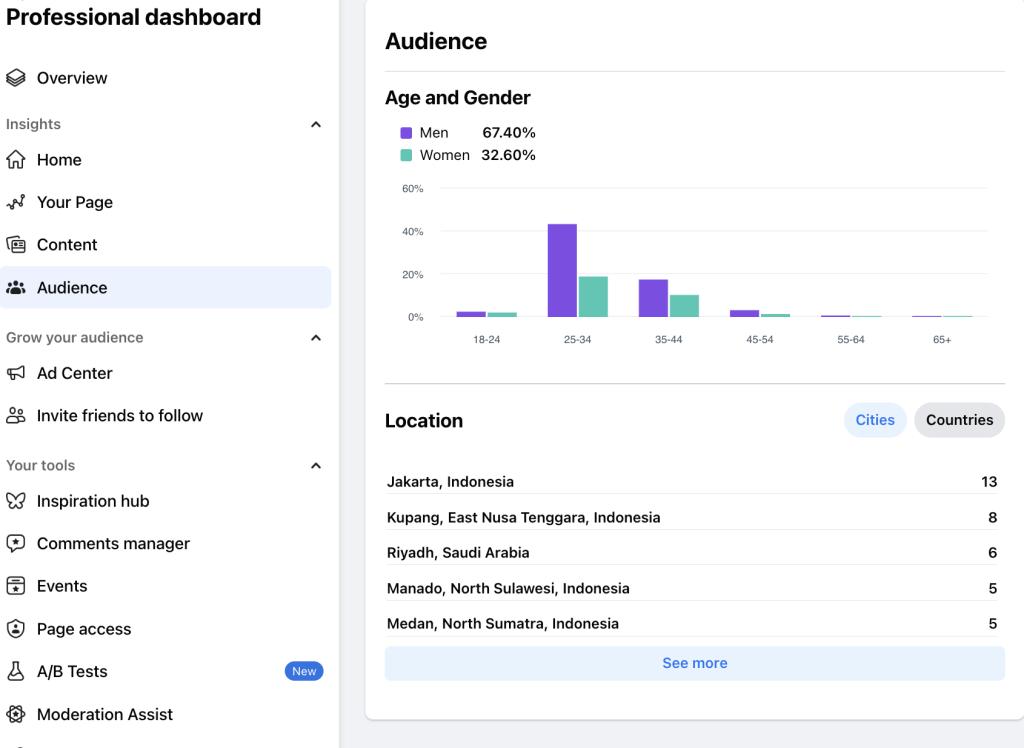
Conclusion
To wrap up, broad targeting in Facebook Ads can be a powerful strategy for reaching a wide audience and discovering new customer segments. However, its success depends on your campaign goals and creative quality. By understanding when and how to use it, you can maximize its potential and drive effective results for your business.
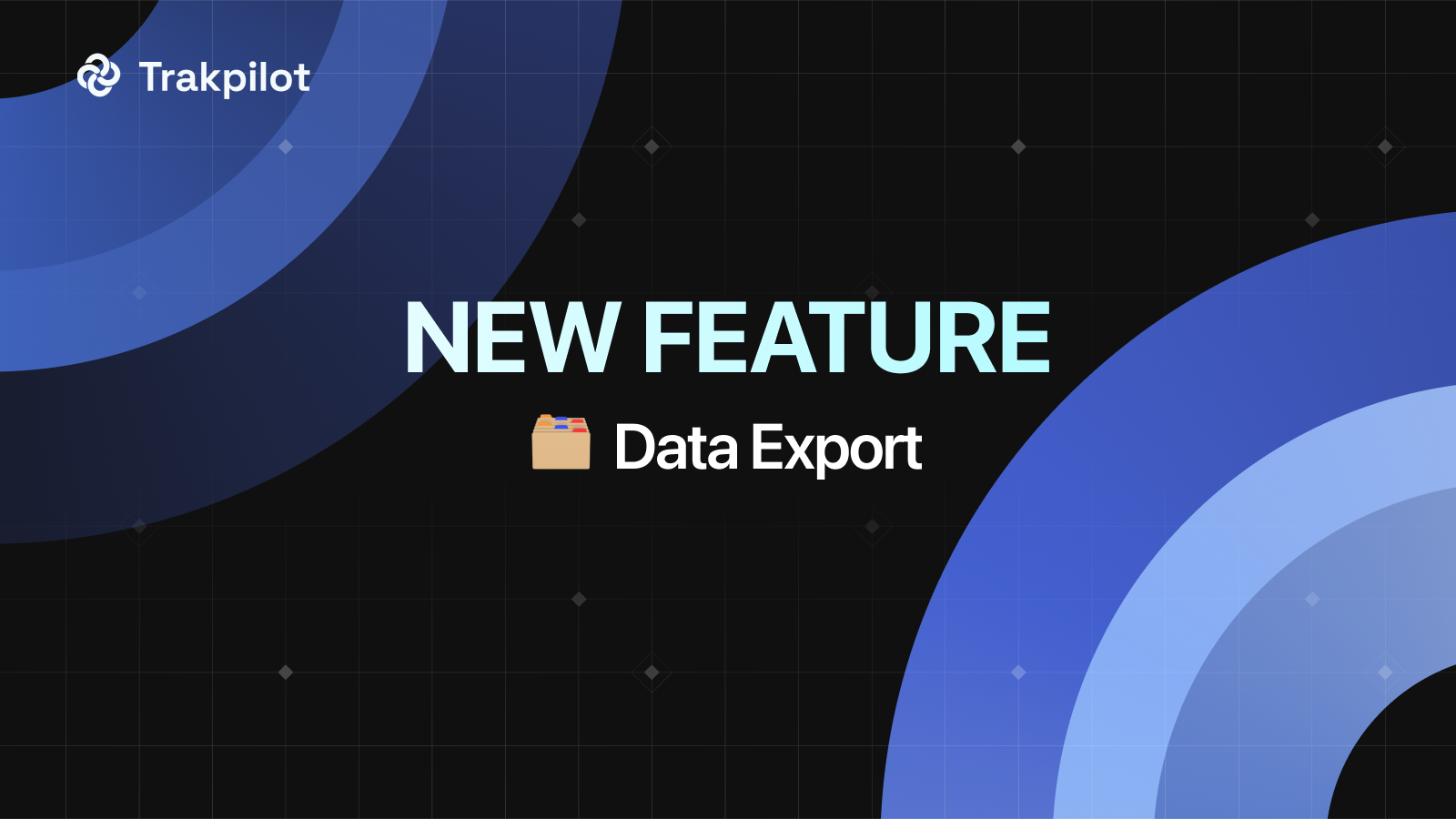
Trakpilot New Feature: Export Your Conversion Events Data
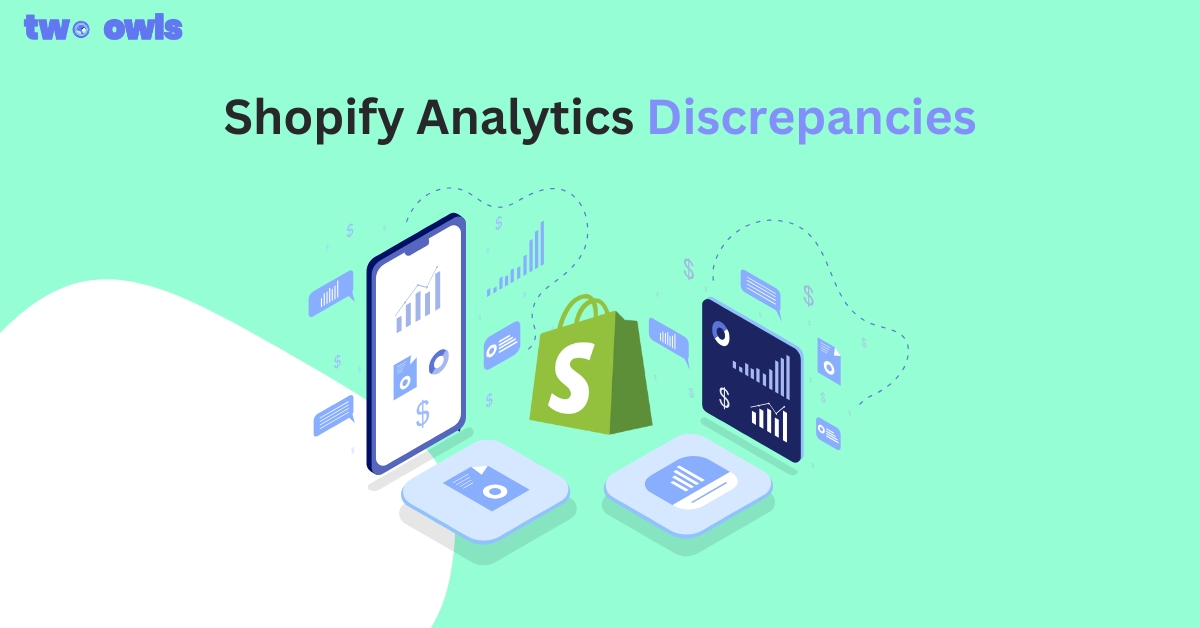
Shopify Analytics Discrepancies: What’s Actually Happening?
Introducing Real-time TikTok event testing - Omega TikTok Pixels
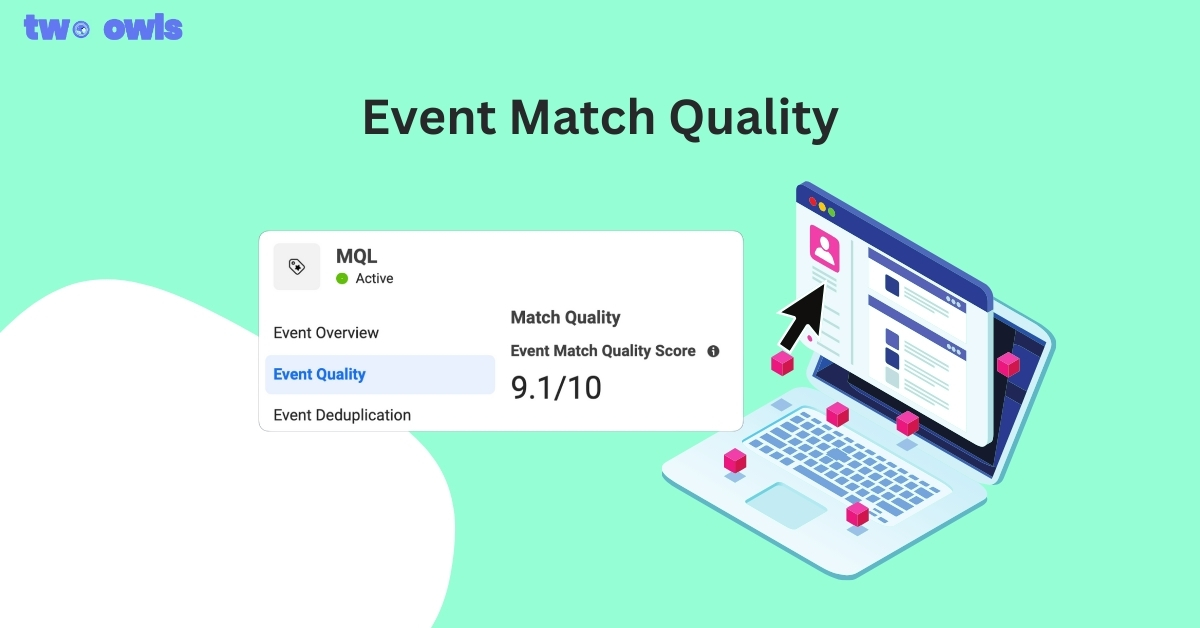
Event Match Quality: Definition, Benchmarks & How to Improve It
